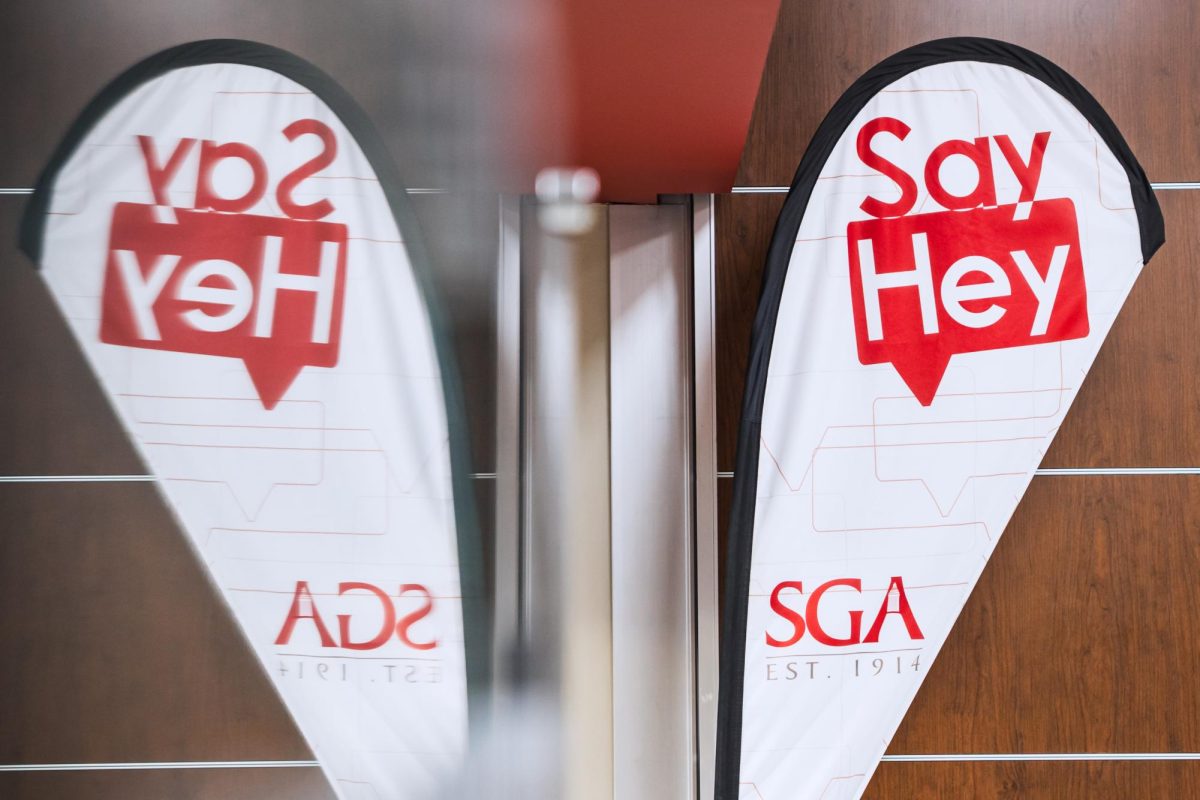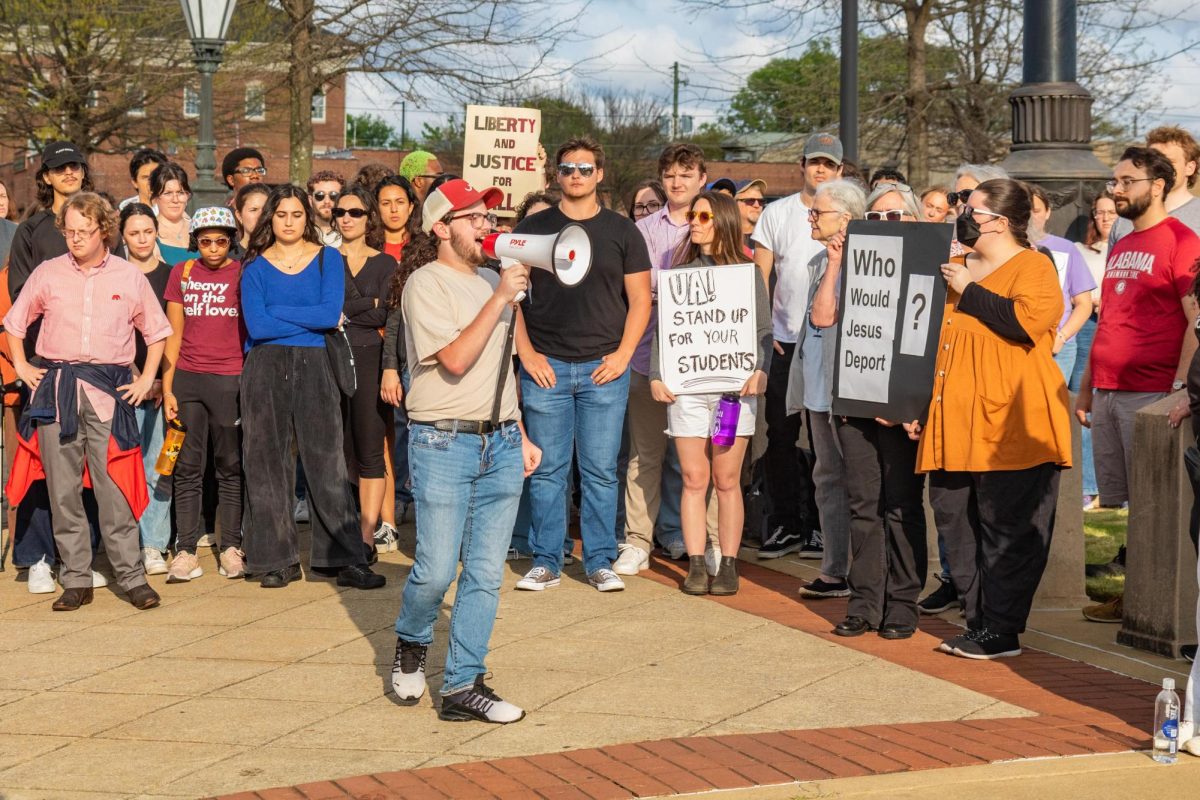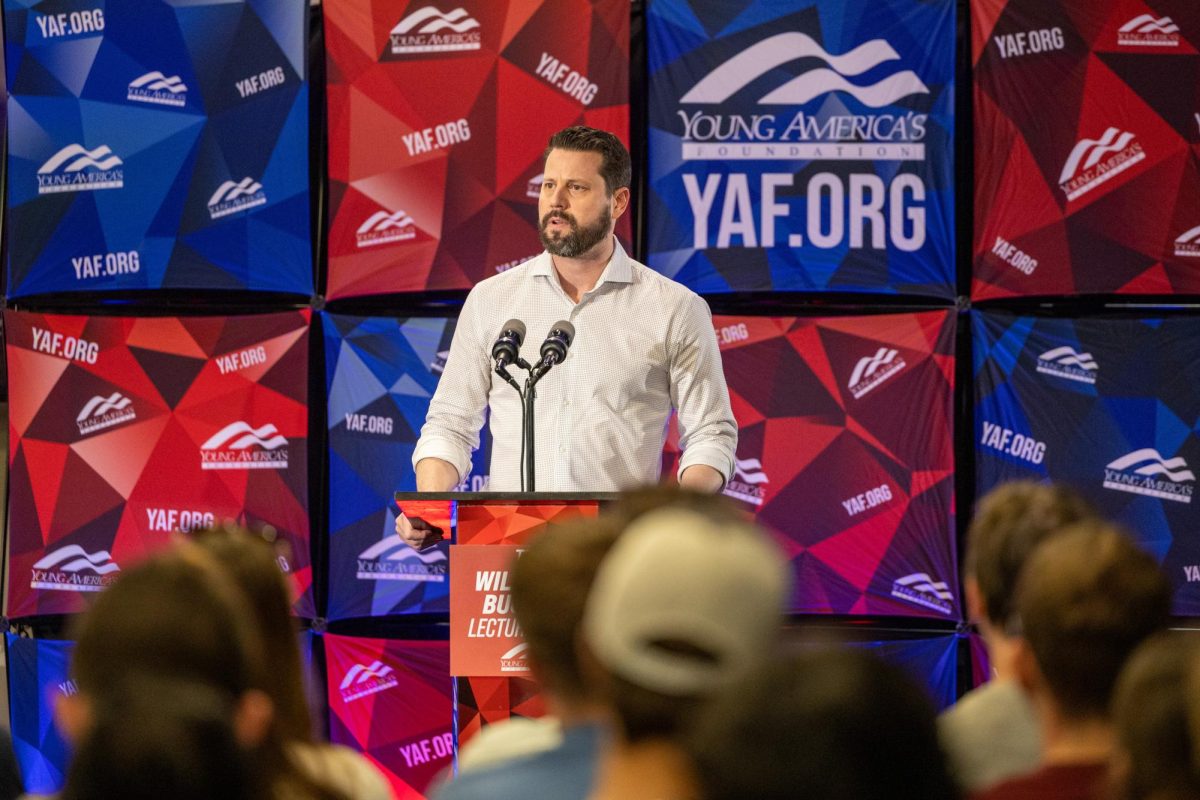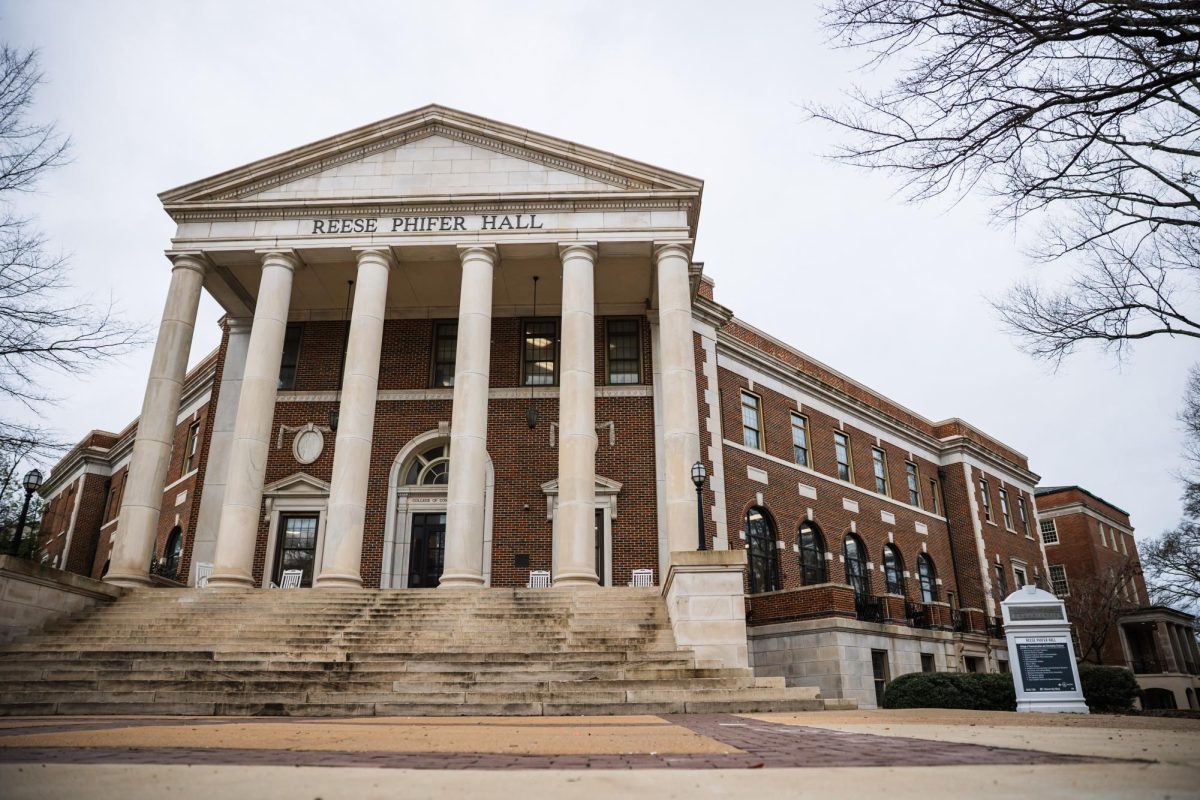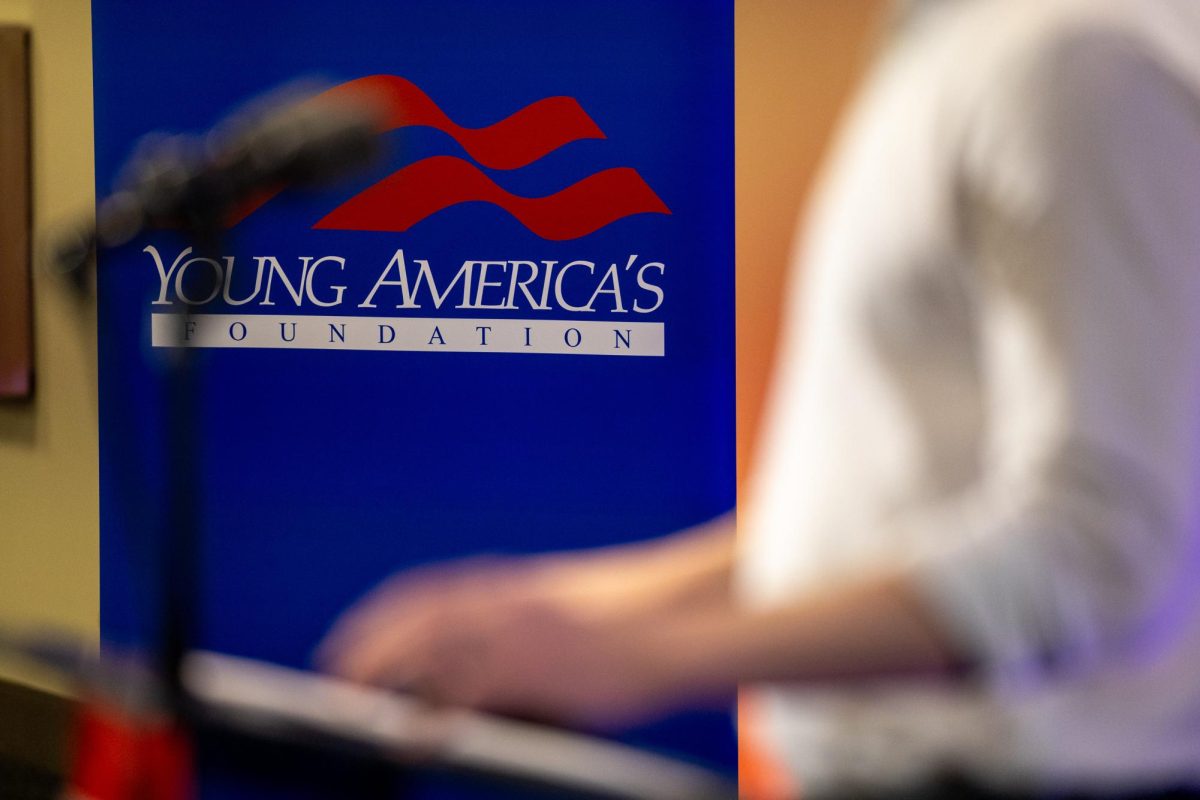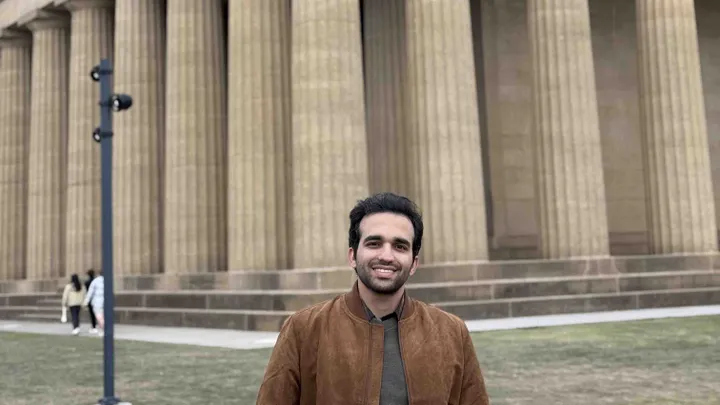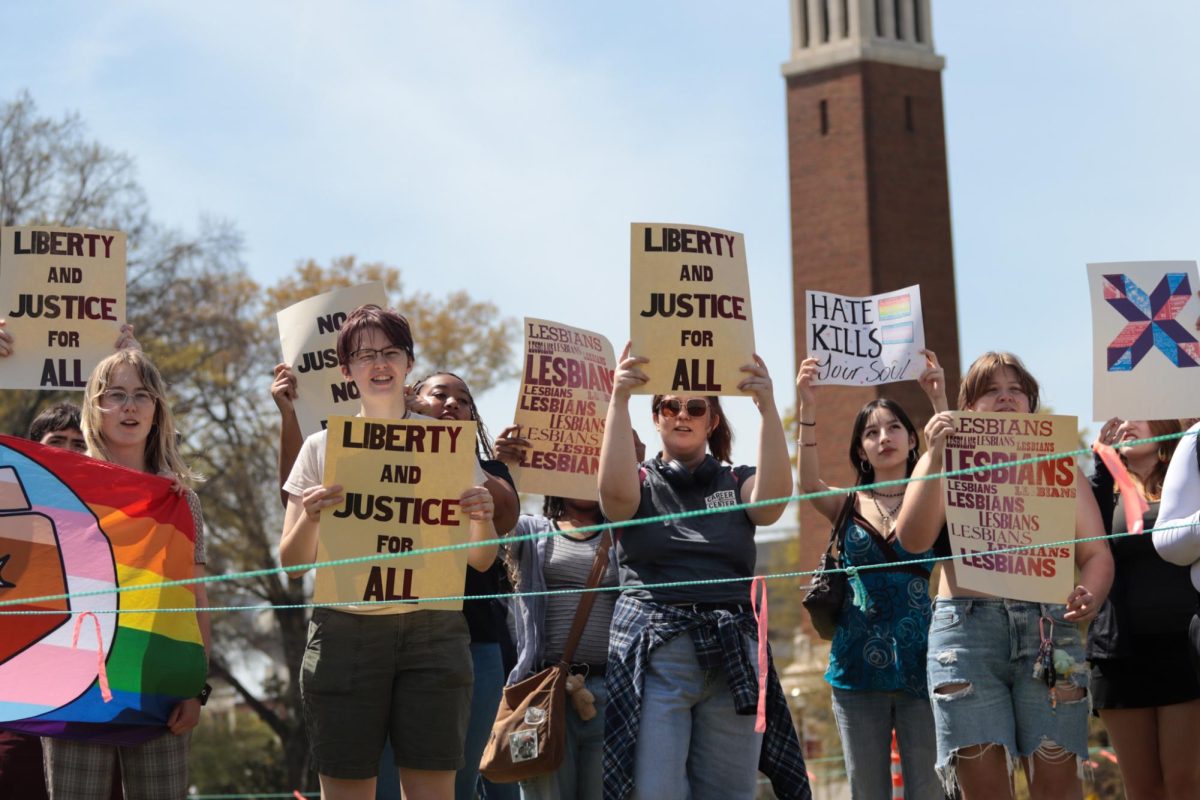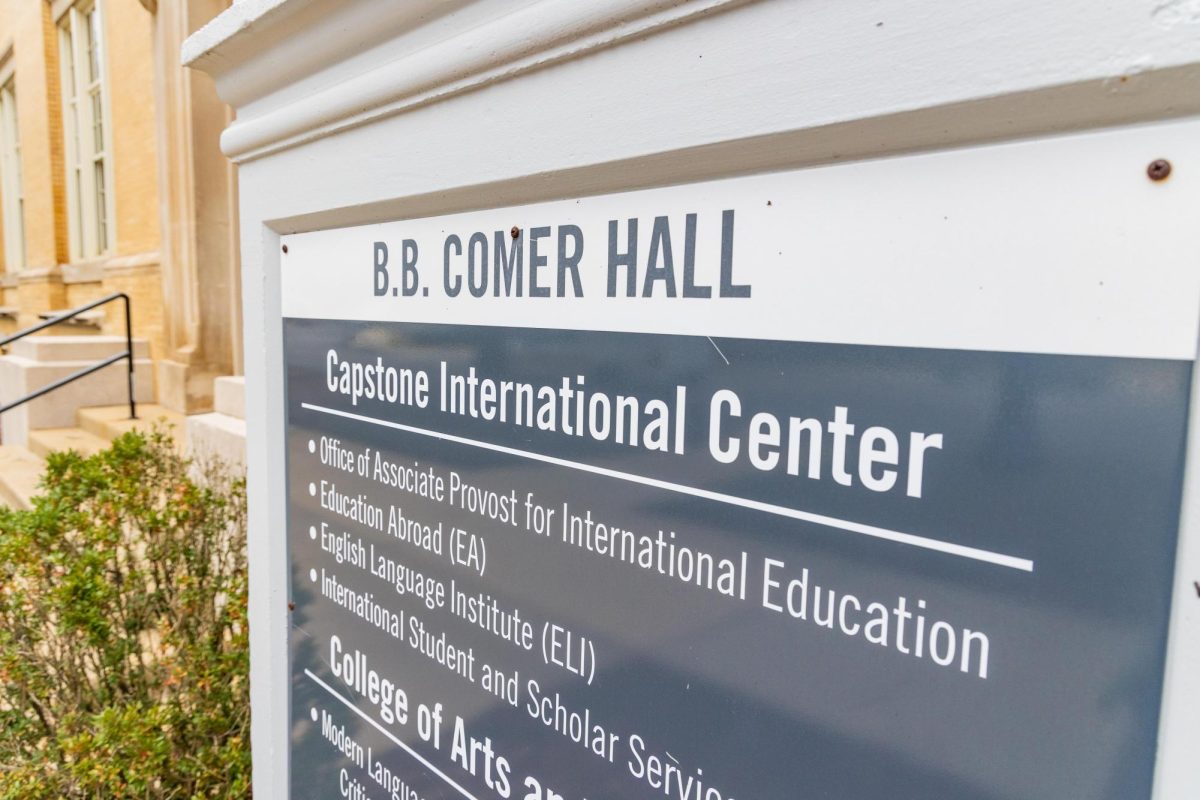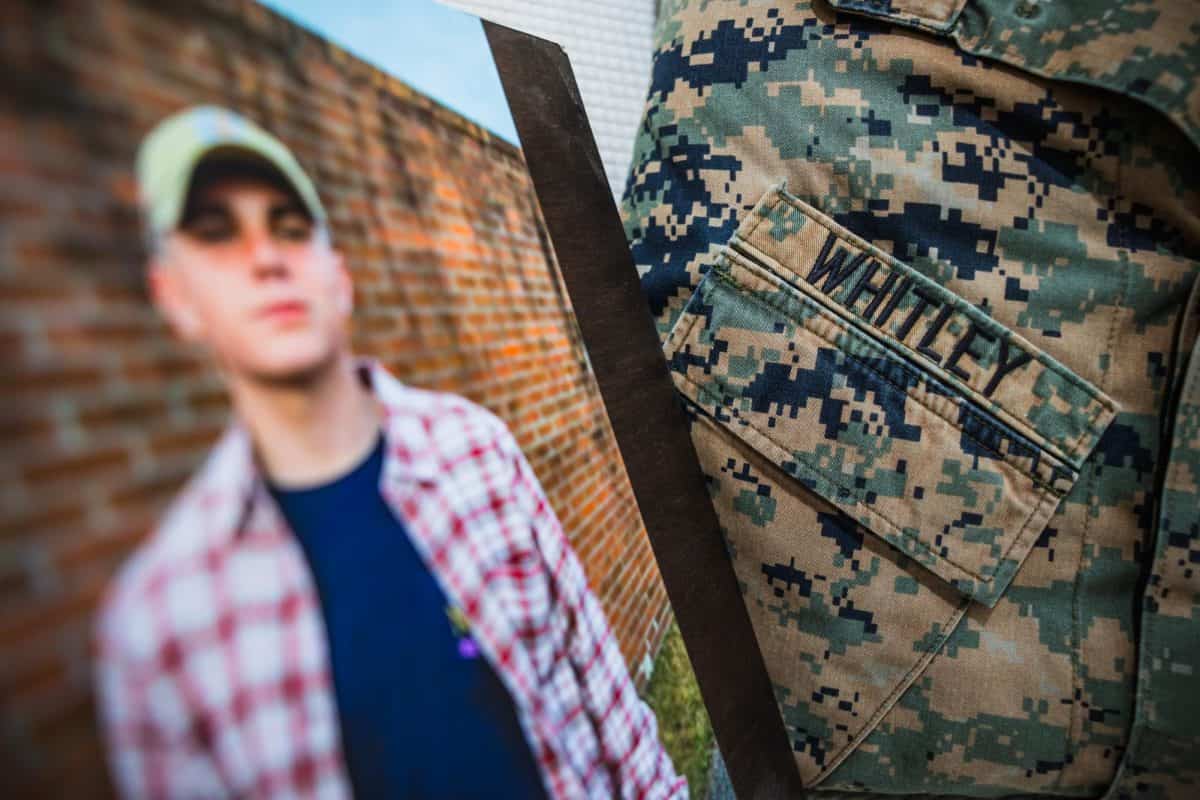Eight electric buses are set to join The University of Alabama’s Crimson Ride fleet this July as part of a partnership between the College of Engineering’s Center for Advanced Vehicle Technologies and UA Transportation Services.
The addition of the fossil fuel-free buses, along with other innovative technologies, is set to turn the campus roadways into a “living lab,” according to project lead and CAVT executive director Bharat Balasubramanian.
The project was funded through an $8 million Environmental Protection Agency grant stemming from the Clean Heavy-Duty Vehicles Grant Program passed by the Biden Administration promoting low- and no-emission vehicles. In the round of funding from Aug. 22, 2022, the University was the only institution of higher education directly receiving money from the Department of Transportation.
In addition to paying for the electric buses, which are being provided by Alabama automotive company New Flyer, the grant will fund additional bus charging infrastructure for the existing Transportation hub, Balasubramanian said.
The buses will also collect performance data to allow the University to analyze their performance in various settings and environments.
This test run is designed with the difficulties of electric buses in mind, including their shorter range and difficulty powering HVAC systems in extreme temperatures. While the average cost of an electric bus is $400,000, according to the United States Department of Energy, Balasubramanian hopes that the lower maintenance and fuel costs will actually result in long-term cost savings and “lead to zero local emissions and low noise pollution.”
The University will apply for a similar grant next year to secure funding for additional electric buses and new overhead fast chargers for the bus hub, Balasubramanian said.
Whether the grants will be available next year is uncertain, however, as President Donald Trump reportedly plans to discontinue a similar Biden initiative giving tax credits to electric vehicle owners.
Balasubramanian said that while electric buses are almost double the price of a diesel bus, the Biden Administration was very supportive of the venture.
“We will need to see how the new administration will support the transition from diesel buses to electric buses,” he said.
In addition to the electric buses, diesel buses with partial automated driving capabilities — similar to those found in some Teslas — will arrive on campus this summer.
“These buses are equipped with Advanced Driver Assistance Systems that aim to help drivers on their daily routes,” said James Knickrehm, the University’s associate director of transportation services.
Knickrehm said that the systems on board these buses are considered Grade 2. This level of automation is defined by the Massachusetts Institute of Technology as having “partial driving automation.” While drivers will still be required to operate the vehicles at all times, the automated system will be able to help with control of both steering and braking.
The new buses are also outfitted with connective technology that allows their onboard radios to send and receive messages from traffic infrastructure. This communication could allow for better fuel economy and timeliness by leaving fewer buses idling at red lights.
“The bus sends a message to the signal controller and says, ‘I am here. Can I get a green [light] or vice versa?’” Balasubramanian said. “The traffic signal infrastructure sends a message to the bus, saying, ‘Slow down. In another five seconds, you will get the green.’”
Balasubramanian explained that the project team hopes to accomplish four goals by implementing this automation: improving bus fuel economy, helping navigation of narrow lanes, mitigating potential accidents with pedestrians and automatically docking at bus stops with greater precision.
In the long term, proponents see great potential with the technology. Balasubramanian said he envisions a future where the University strengthens its electric grid and powers its buses with energy captured through solar panels.
The CAVT team also held a competition to design the outer covering of the new electric buses, and it was won by creative advertising major Jake O’Reilly, a senior in the University’s Minerva advertising program. He said his work was inspired by modernism, using the classic Alabama crimson and white in an “elegant and clean design, with a wave pattern to symbolize rolling forward into the future.”
In addition to having his design and slogan “Roll Forward” on campus buses for the next 12 years, O’Reilly also won a $3,000 grant.
Knickrehm said he was excited by the potential of non-lithium based batteries and of using the bus’s batteries as temporary emergency vehicle-to-grid generators, as well as the ability for Crimson Ride’s fleet to serve the community at large.
“During severe weather, if we had one of these and somebody needed electric energy, … we could take the bus and plug it in and be able to assist with the power,” Knickrehm said. “The future is bright with the ability to do things electric.”




